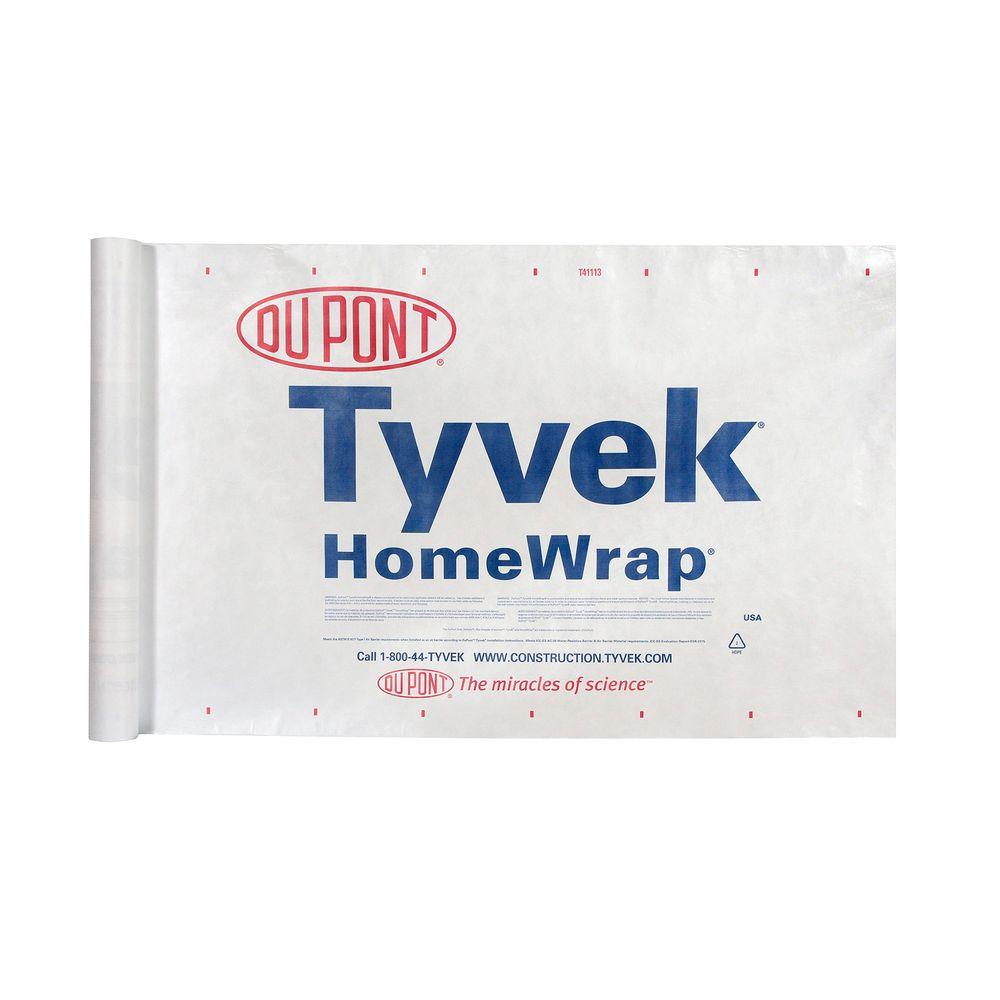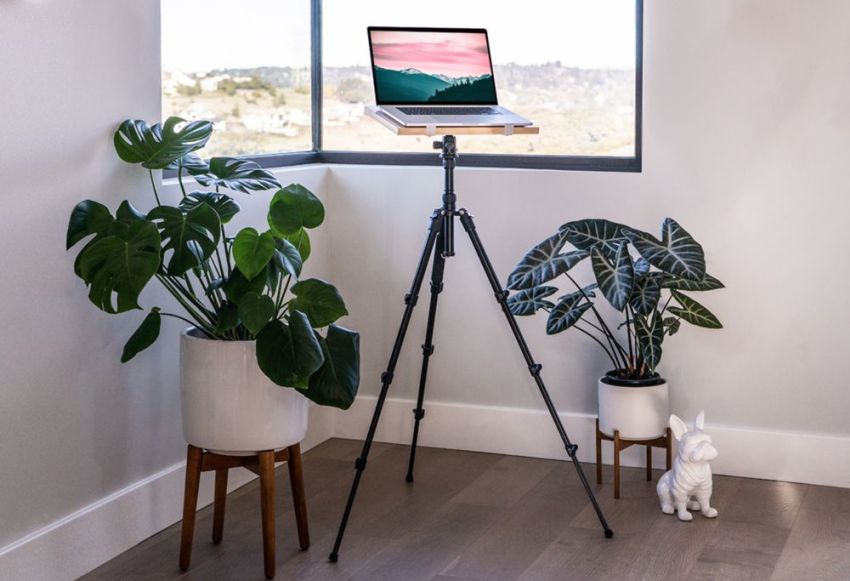Table Of Content
- To Read more about High Performance Wall Assemblies see here, in the EcoHome Green Building Guides
- Peel-and-stick membranes:
- Save Time—Buy 3-inch Tape
- Can you use a vapour retarder paint on the ceiling instead of using a poly vapour barrier?
- WRB (Water-Resistive Barrier) Code Requirements
- Types Of House Wraps
- Lowe's 3-ft x 100-ft Water Resistant House Wrap (300-sq ft)

During times of driving rain or when your roof gutters get clogged and end up leaking, water can penetrate your exterior siding. This water penetration can cause significant damage to your interior wall assembly. House wrap is usually made from a synthetic material wrapped around the plywood of the home exterior.
To Read more about High Performance Wall Assemblies see here, in the EcoHome Green Building Guides
Cutting the first half always goes slick, but when you get to the last little bit, it tends to crumple up. You can avoid this by starting in the middle and cutting one half, then the other. Leave a small section of wrap intact, and cut off the other half. Cut out around it as closely as you can, then make two angled cuts up and away from the top of the pipe. Tape the flap up to keep it out of the way and then, starting at the bottom, tape the pipe to the wall. For more information on this step, read our story on window installation.
Is Tesla's $7,500 Wrap a Fair Price? We Compare to Find Out - Edmunds.com
Is Tesla's $7,500 Wrap a Fair Price? We Compare to Find Out.
Posted: Thu, 19 Oct 2023 07:00:00 GMT [source]
Peel-and-stick membranes:
HomeGuard® House Wrap is an engineered, woven, polyolefin product designed for use as a secondary WRB. This will be any cracks you may see, the areas around the roof, and in general, sealing as much as you can from the east-west is a good idea. This is because the wind usually blows from here, allowing more moisture in during storms.
Save Time—Buy 3-inch Tape
But more rigid fiber-cement or engineered wood lap sidings can cause a dam at the top of each course, trapping incidental water. For those claddings, a three-dimnensional woven wrap earns its keep, even at a slight cost premium. Negotiate the best price for a nonwoven, non-perforated, vapor-permeable housewrap, which leading suppliers offer.
Vapor permeability (measured in US perms) is the amount of vapor transmission that a house wrap permits over a time period. The ASTM E96 (Test Method for Water Vapor Transmission of Materials) measures perms. But, it can’t be so high that the moisture can penetrate from the outside into the wall system.

With a focus on House Wrap, Structural Sheathing, Roof Underlayment, and Tapes and Flashing, Barricade takes pride in the delivery of superior service, high performance, and timeless innovation. By doing so, you understand that some products displayed may not be available in your area. Hubert Miles is a licensed home inspector (RBI# 2556) with more than two decades of experience in inspection and construction.
WRB (Water-Resistive Barrier) Code Requirements
Barricade® Wrap Plus is a non-perforated, non-woven polyolefin product with a semi-permeable membrane. Barricade® Wrap Plus’ breathable and micro-porous membrane controls air and moisture infiltration, yet its permeability allows evaporation of moisture vapor if it makes its way inside the wall assembly. In this post, we compared Barricade® Wrap Plus, Tyvek® HomeWrap®, HomeGuard® House Wrap, CertainTeed CertaWrap™, and the ZIP System®. There were several vital performance components we considered when comparing these house wraps. These elements included durability, water and air resistance, vapor permeability, and drainage. With so many house wraps on the market today, how do contractors and building owners decide which is the best?
Types Of House Wraps
They're still vapour permeable, but membranes that stick to the sheathing are much less susceptible to damage caused by wind pressure. After you finish applying and securing the wrap, you need to seal the top. You can do this by adding tape that is made for your type of sealer to the top of it on all seams, both vertically and horizontally. This method will meet the requirements of most window manufacturers, and best of all, the inspector will be happy. Prices and availability of products and services are subject to change without notice.

Here are some installation tips and techniques to speed up your installation and help keep the inspector off your back. It would help if you taped all horizontal and vertical seams to get the DuPont Tyvek products labor and material residential 10-year limited warranty. In addition, it would be best to seal or tape all terminations, including sill plates and roof-wall interfaces. But a 'double vapor barrier' isn't really something you need to concern yourself with, so don't go out of your way to find a breathable membrane.
Most wraps come with a securing agent that the manufacturer packed with the wrap. If the house wrap you have didn’t then you can call the manufacturer and ask them. Make sure when wrapping, the vertical lines overlap around 6 inches and the horizontal lines about half that.
After installing the water-resistant barrier, refer to the flashing systems guidelines to flash and prepare doors and windows. You must integrate Tyvek water-resistive barriers with proper shingling having window flashings if you have already installed windows. For the case where apron and DuPont FlexWrap are applied, you should install the WRB below the apron for proper shingling.
It would help if you maintained the continuity of the WRB from top to bottom using proper shingling. The whole wall surface should be covered, including unconditioned spaces. You should install vinyl siding as per the applicable codes, industry standards, and manufacturer’s instructions.
By contrast, a nonwoven wrap’s random pattern of fibers makes it stronger in application; incidental punctures won’t run and are easily patched with flashing tape. Resilience during installation and against the elements is a crucial factor, but a bigger issue is the wrap’s permeability. If you have a loose or bunched up weather barrier that might block that space, you may be wise to install a thicker spacer to ensure that space is continuous. Care during installation is what will determine how well your rainscreen blocks and releases moisture.
Most house wraps are weather-resistant barriers (WRBs) that aim to prevent air and moisture infiltration to the wall system while protecting the sheathing. It is worth noting that house wrap in itself does not replace the need for adequate, high-quality insulation. The Federal Trade Commission (FTC) recently called out certain house wrap manufacturers who incorrectly claimed that their house wrap product could increase the R-value of a home. When combined with high-quality insulation, house wrap can serve as an effective air barrier to reduce air leaks that reduce a house's energy efficiency and thermal performance. One of the most common types of house wrap is known as asphalt felt. It typically has a perm rating of about five and moderate water resistance, making it a good choice for use as a sheathing wrap.

No comments:
Post a Comment